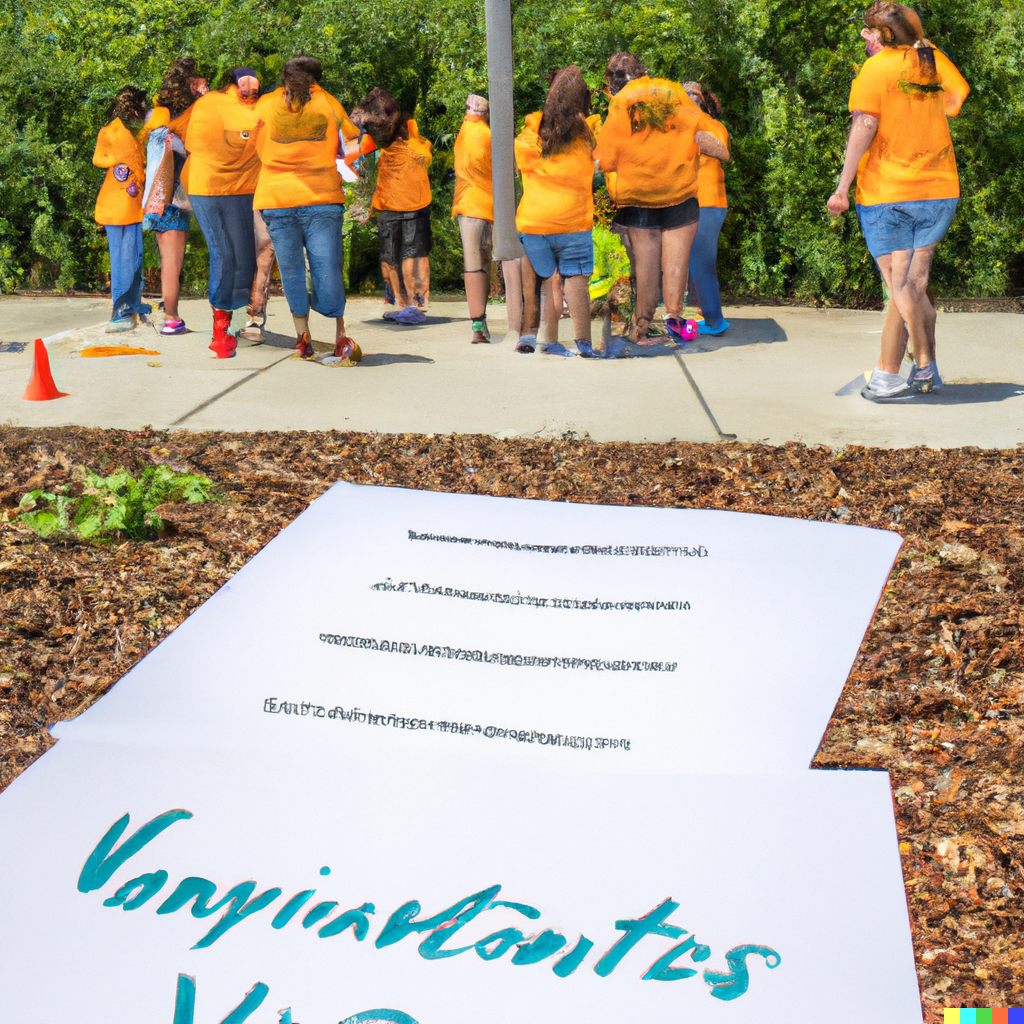Organizing a successful volunteer landscaping event requires planning, preparation, and communication. Whether you’re looking to spruce up a local park, beautify a community garden, or plant trees in your neighborhood, follow these steps to ensure your event is a success:
- Determine Your Goals: The first step in organizing a volunteer landscaping event is to define your goals. What do you want to accomplish? Are you looking to beautify a specific area, improve the environment, or provide a community service? Once you know your goals, you can start planning the details.
- Recruit Volunteers: The success of your event depends on the number of volunteers you can recruit. Reach out to local community organizations, schools, and businesses to see if they are interested in participating. Use social media, flyers, and email to spread the word and generate interest.
- Choose a Location: Select a location that is in need of landscaping or restoration. Check with your local government or non-profit organizations to find out which areas could use some attention.
- Plan the Details: Once you have your location and volunteers, it’s time to start planning the details of the event. Determine the tasks you want to complete, what tools and supplies you’ll need, and how long the event will last. Be sure to schedule breaks and provide refreshments for your volunteers.
- Assign Tasks: Divide your volunteers into teams and assign specific tasks to each group. Provide clear instructions and make sure everyone understands their responsibilities. Assign team leaders to ensure each group stays on track.
- Gather Supplies: Make a list of the tools and supplies you’ll need for the event, including gloves, shovels, rakes, and plants. Ask local hardware stores or garden centers to donate or discount supplies. You can also try reaching out to non-profit organizations that specialize in gardening or environmental conservation.
- Ensure Safety: Safety should be a top priority at any volunteer event. Provide safety instructions, first-aid kits, and a designated area for breaks. Make sure everyone is aware of potential hazards, such as sharp tools or uneven terrain.
- Communicate: Keep your volunteers informed and engaged throughout the event. Make announcements, provide updates on progress, and thank your volunteers for their hard work. This will help keep everyone motivated and working together.
- Follow Up: After the event, follow up with your volunteers to thank them for their hard work and to get feedback on the event. This will help you improve future events and keep volunteers engaged in the community.
In conclusion, organizing a successful volunteer landscaping event requires careful planning, clear communication, and a dedicated team of volunteers. By following these steps, you can ensure that your event is a success and that your community benefits from your hard work. Remember to stay positive, stay organized, and have fun!
